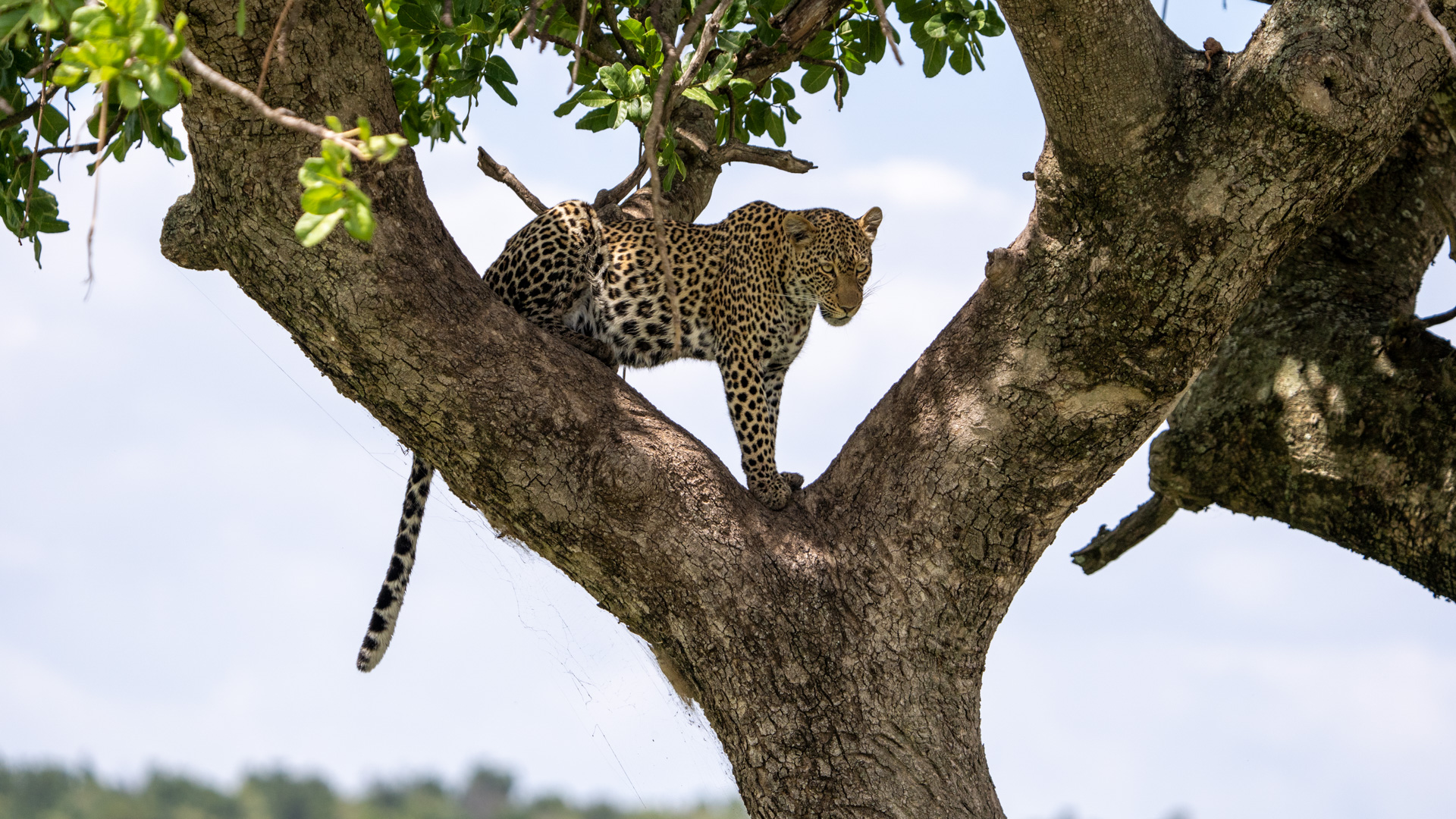
Survival is a constant struggle. The lone Angama lioness, fierce and determined as she is, is no exception. Her life is one of constant challenges, but she was faced with her greatest trial yet — having to have raise a litter of four cubs on her own. It was a daunting task that required all of her strength and cunning. But despite her best efforts, fate has not been kind.

Only one of her precious cubs has survived. Despite the loss, she knows she must continue to fight for the one that remains, hunting for food to nourish her cub. Every kill is a victory, a hard-won prize that is fought for tooth and claw. Her senses are sharp, her movements precise, as she stalks her prey with the skill of a seasoned hunter. Yet danger lurks around every corner.
A male lion, driven by the primal urge to mate is likely responsible for the loss of the three cubs. Their presence in the Triangle is a constant threat, a reminder that even in the midst of life, death is never far away. Despite it all, the lioness perseveres. We found her this week with another zebra kill, knowing that her cub’s survival depends on her strength and resilience.

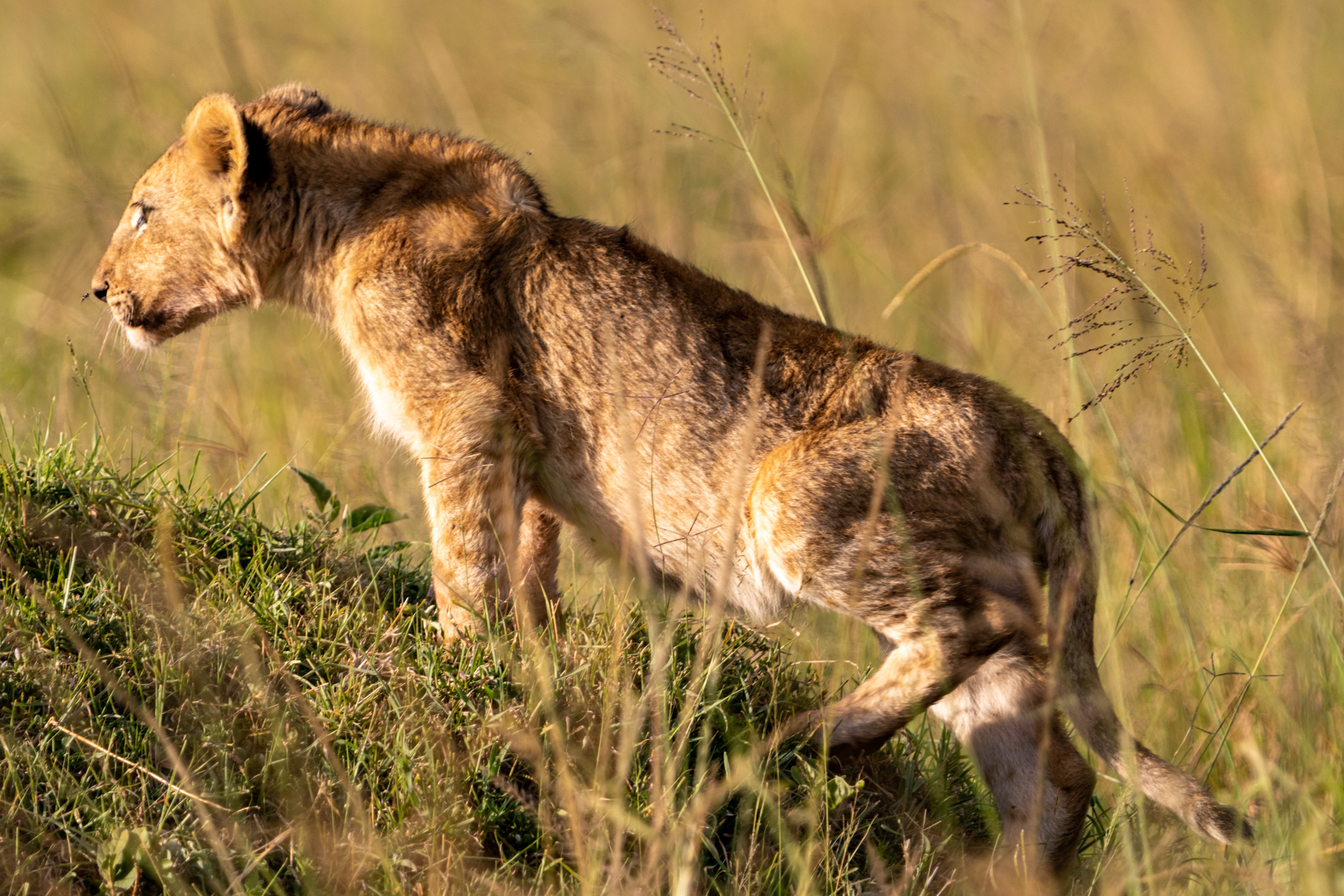
An interesting thing has happened recently — the migratory Abdim’s stork (Ciconia Abdimii), has been seen in many pools of water around the Mara. During breeding season, which typically occurs from May to September, the storks form large colonies in the trees or the side of cliffs. However, during the non-breeding season, Abdim’s storks are known for their extensive migratory behaviours. These storks are highly gregarious and form enormous flocks that can number in the thousands or even tens of thousands of individuals.
They begin migrating southward from their breeding grounds in late September to early October and return to their breeding grounds in March or April. Typically flying at high altitudes, often above 2,000 meters, they cover hundreds of kilometers each day. Along the way, the storks may stop to rest and feed in wetlands, grasslands, and other suitable habitats along their migration route. Abdim’s storks are known for their loyalty to their breeding and wintering sites, with some individuals returning to the same location year after year. Their extensive migratory behaviour plays an important role in the ecosystem, as they transport nutrients and seeds across large distances and connect different habitats and ecosystems.
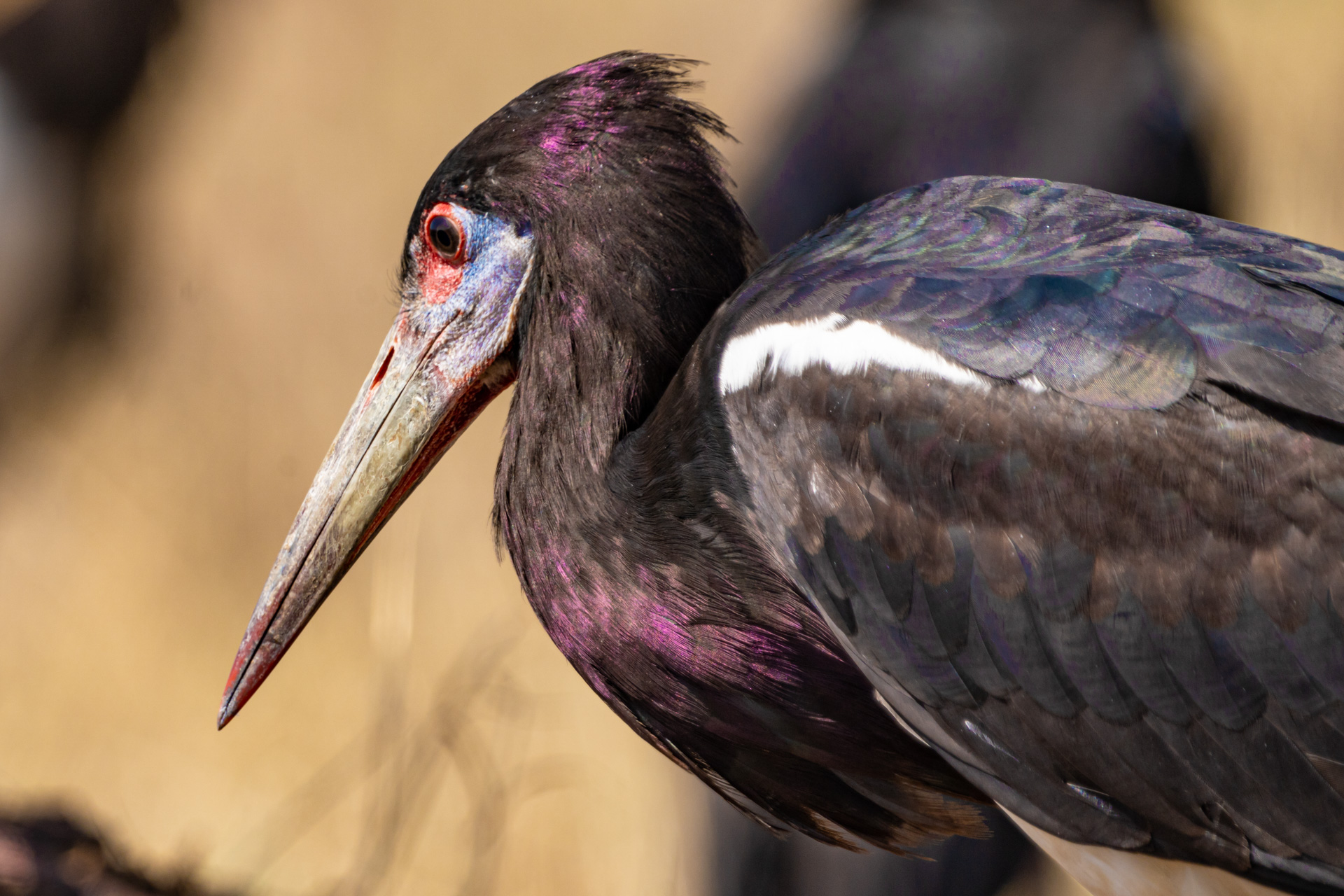
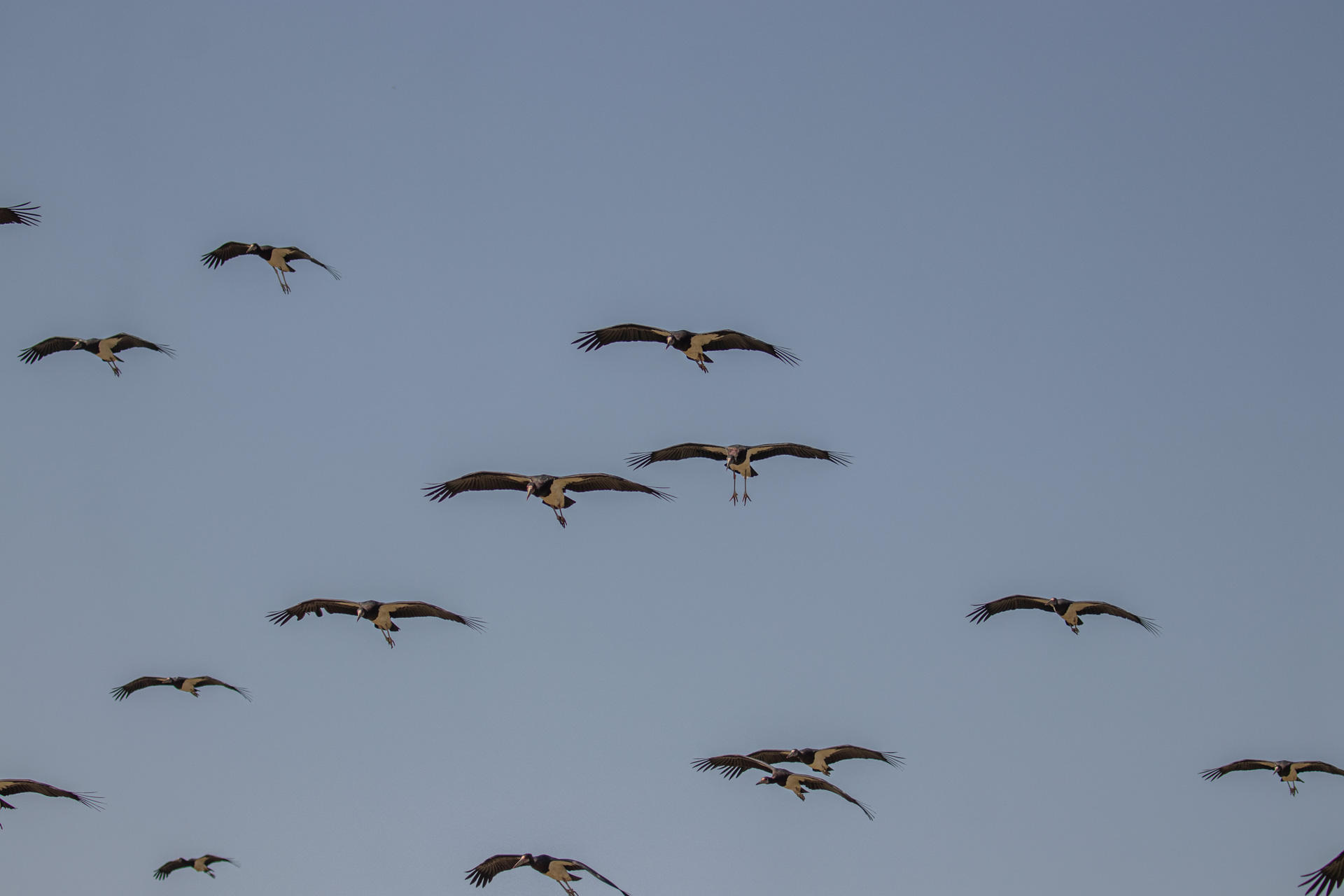

As we were driving towards the Tanzanian border we ran into several vehicles and rangers around a group of elephants. Just as we pulled up, we saw the vehicles pull out a dart gun and begin driving behind the biggest elephant of the group. They darted her and positioned the vehicles between her and the rest of the group and quickly moved toward her calf which had a severe limp. They tranquilized the animal and within minutes administered medical attention while rangers poured water on the elephants because of the heat. The young elephant woke up and was quickly reunited with the rest of the herd. Shortly thereafter, the mother and matriarch also woke up and rejoined them.

Here, I was able to meet Dr. Asuka Takita, a conservation hero and female veterinarian originally from Japan, who has dedicated her life to protecting the wildlife of the Mara Conservancy for over 15 years. With her unwavering commitment to conservation, she has worked tirelessly to ensure the survival of endangered species in the region. She is a respected figure in the conservancy and local communities. She confirmed that they tranquillised the mother because that was the only way one can access the calf who was noticeably limping due to some kind of dislocation. They will now track the elephant and provide more medical support if needed.
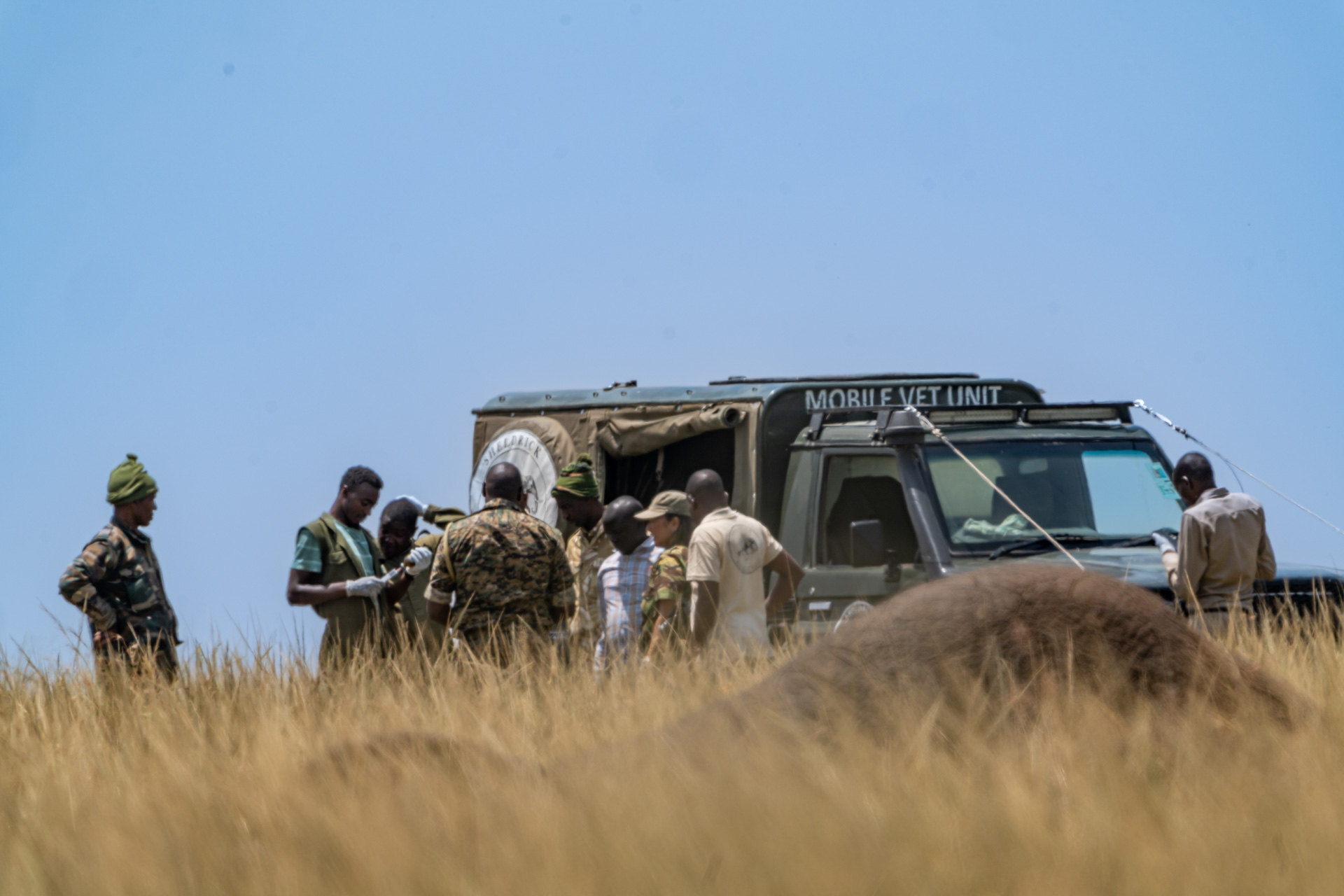
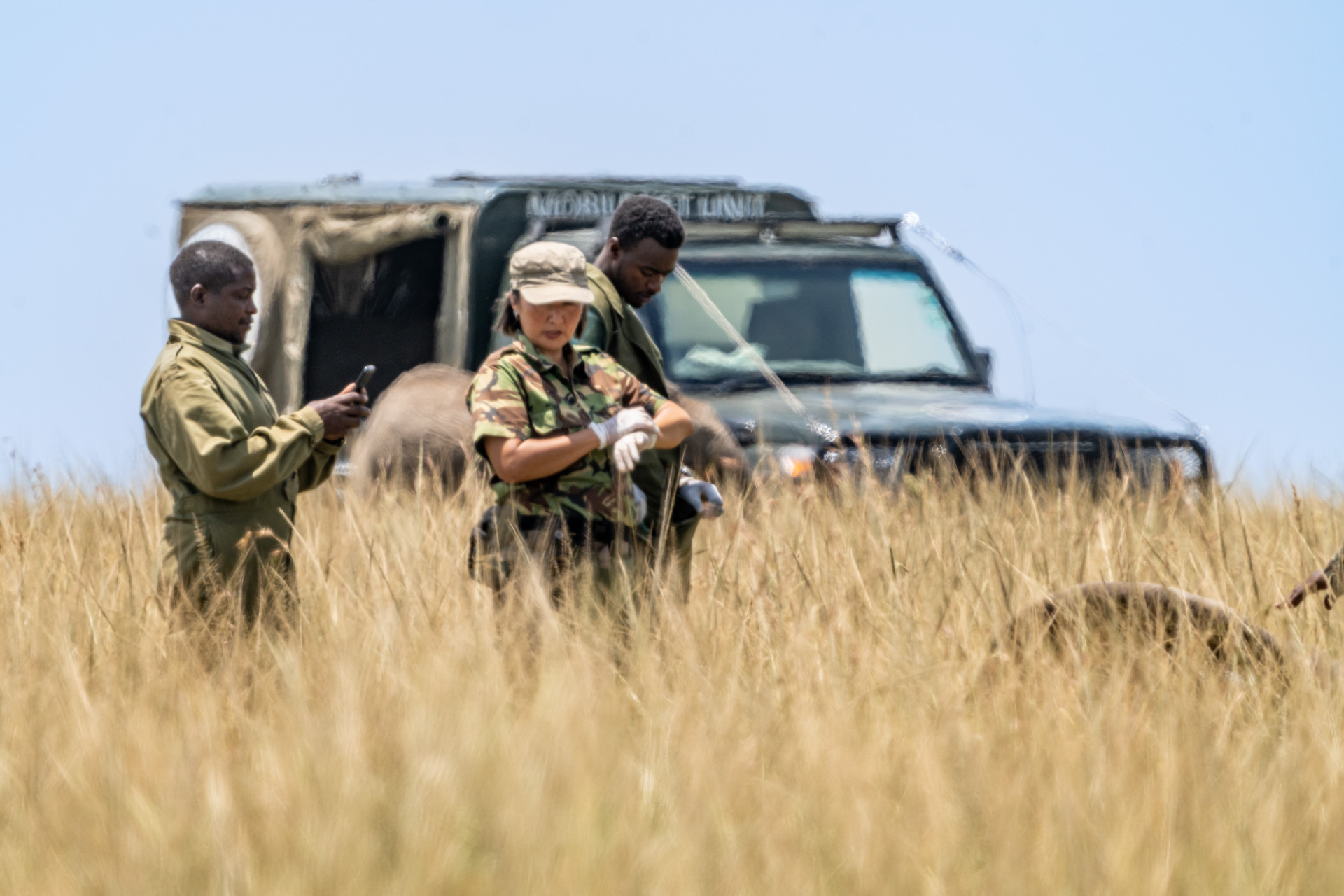
We have begun seeing smoke from some parts of the conservancy as part of controlled burning. Also known as prescribed burning or planned burning, it is a practice that has been used for thousands of years by indigenous communities around the world. It involves deliberately setting fires to a designated area in a controlled manner, usually during a specific season, to achieve certain ecological or land management objectives.
In the Maasai Mara, the practice of controlled burning has been used by the Maasai people for centuries as a way of managing the grasslands and maintaining healthy ecosystems for their livestock. The Maasai are semi-nomadic pastoralists who rely on their herds of cattle, sheep, and goats for their livelihood. They move their herds across vast areas of land, including the savannas of Maasai Mara, in search of fresh grazing areas. The grasslands of Maasai Mara are important areas for the Maasai, but they are also prone to wildfires.
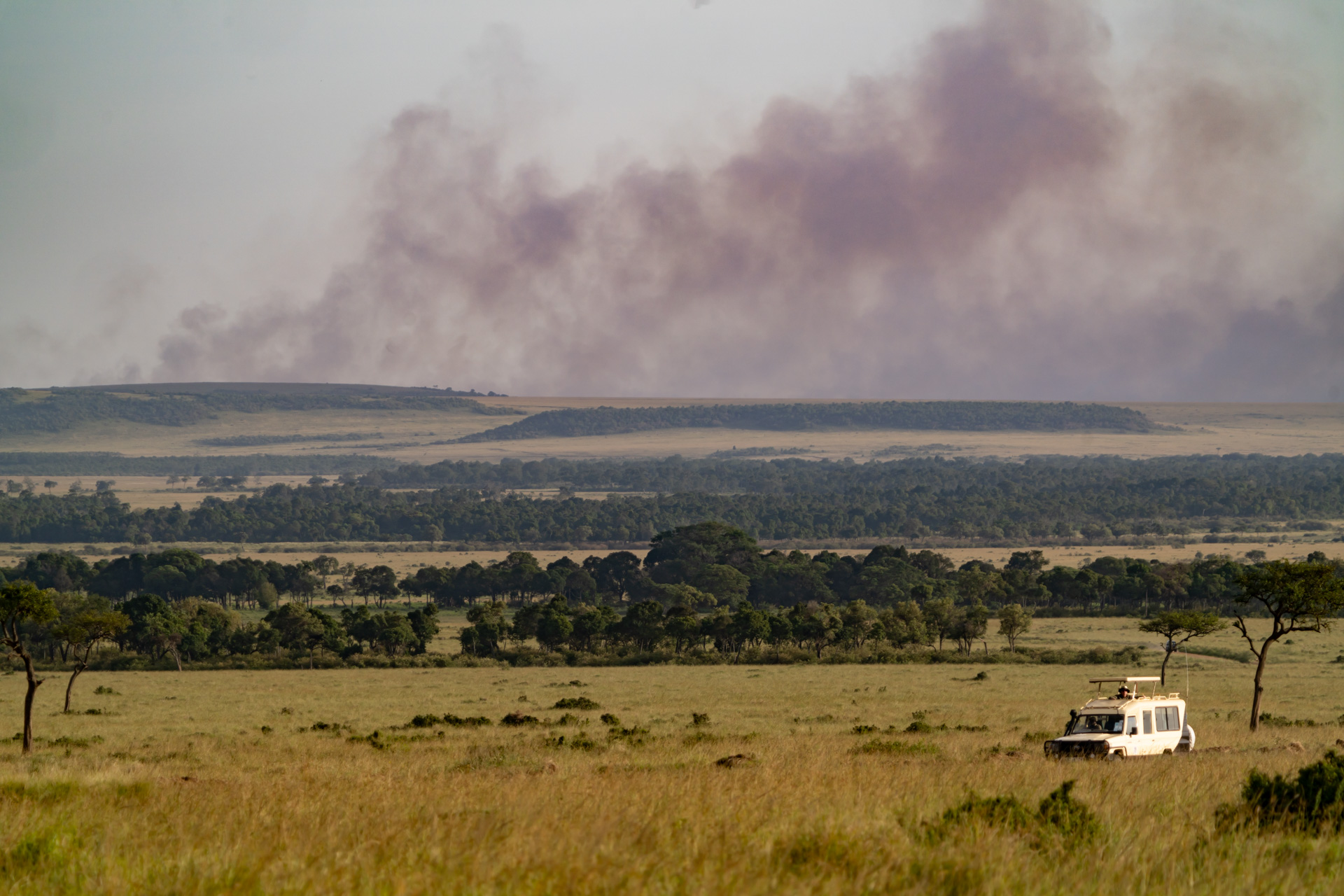
During the dry season, which typically runs from June to October, the grasses become dry and flammable, increasing the risk of uncontrolled wildfires that can destroy vast areas of land, endanger wildlife, and threaten the livelihoods of the Maasai. To prevent uncontrolled wildfires and promote the growth of new grasses, the Maasai have traditionally practiced controlled burning, with small sections of at a time, usually in a patchwork pattern, to create fire breaks and prevent the spread of wildfires. This also helps to remove dead grasses and reduce the risk of invasive plant species taking over the area.
This practice also helps to attract grazing animals, such as wildebeest and zebra, to the area, which in turn attracts predators like lions and hyenas. This makes the Maasai Mara an ideal location for wildlife viewing and eco-tourism, an important source of income for the local communities and the country. By managing the grasslands in a sustainable way, the Maasai and other indigenous communities can protect their livelihoods and maintain healthy ecosystems for future generations.
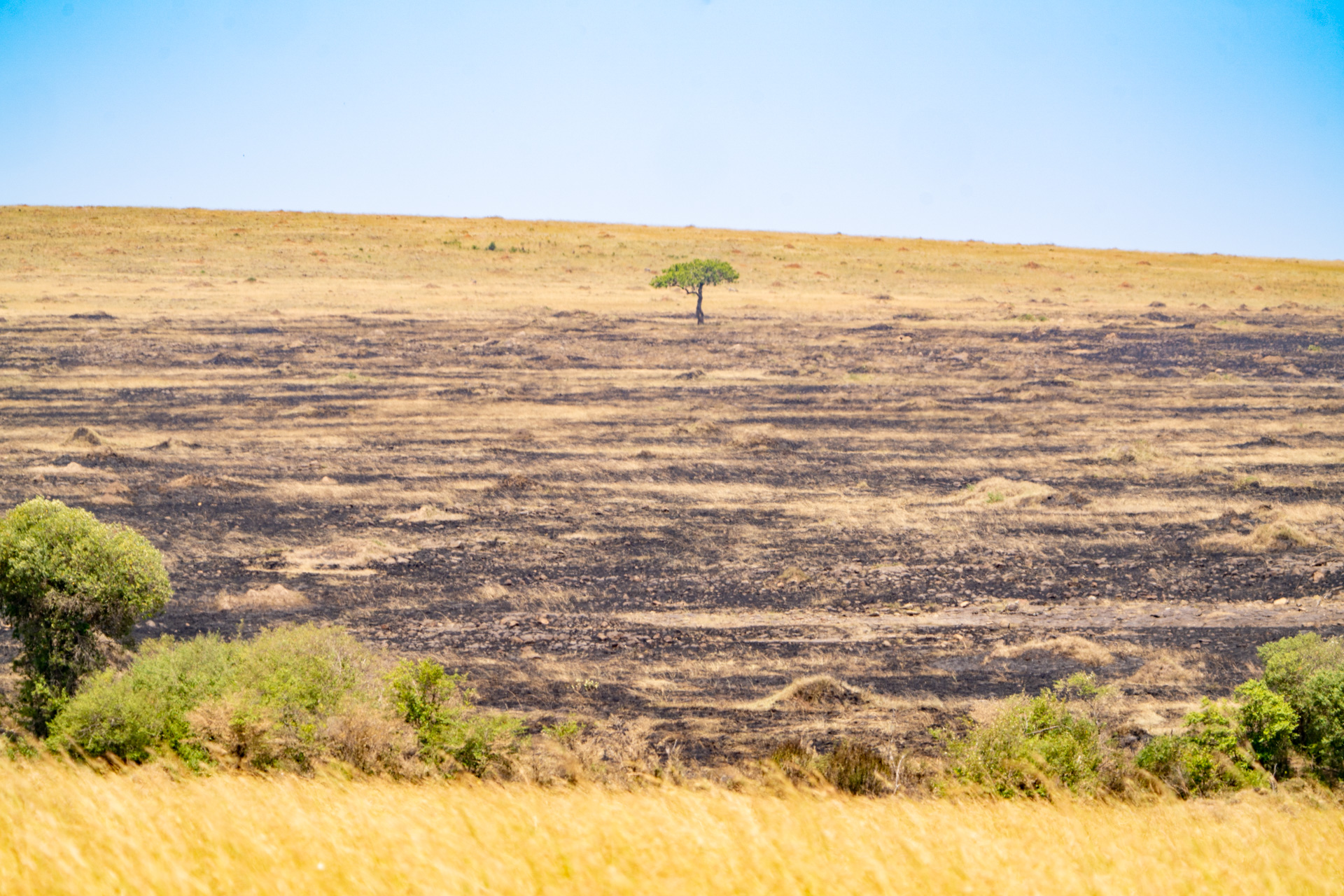
On a large towering sausage tree, we ran into the young daughter of the Salt lick female. She had a reedbuck stashed away and later, in the same tree, the remains of some Abdim’s storks were found and we suspect she has quickly learned to adapt and hunt these birds as prey as a fortuitous new resource.

Also very unusual for this time of year — river crossings. Jeremy, one of Angma's guides, caught a group of hundreds of zebras crossing the Mara river.
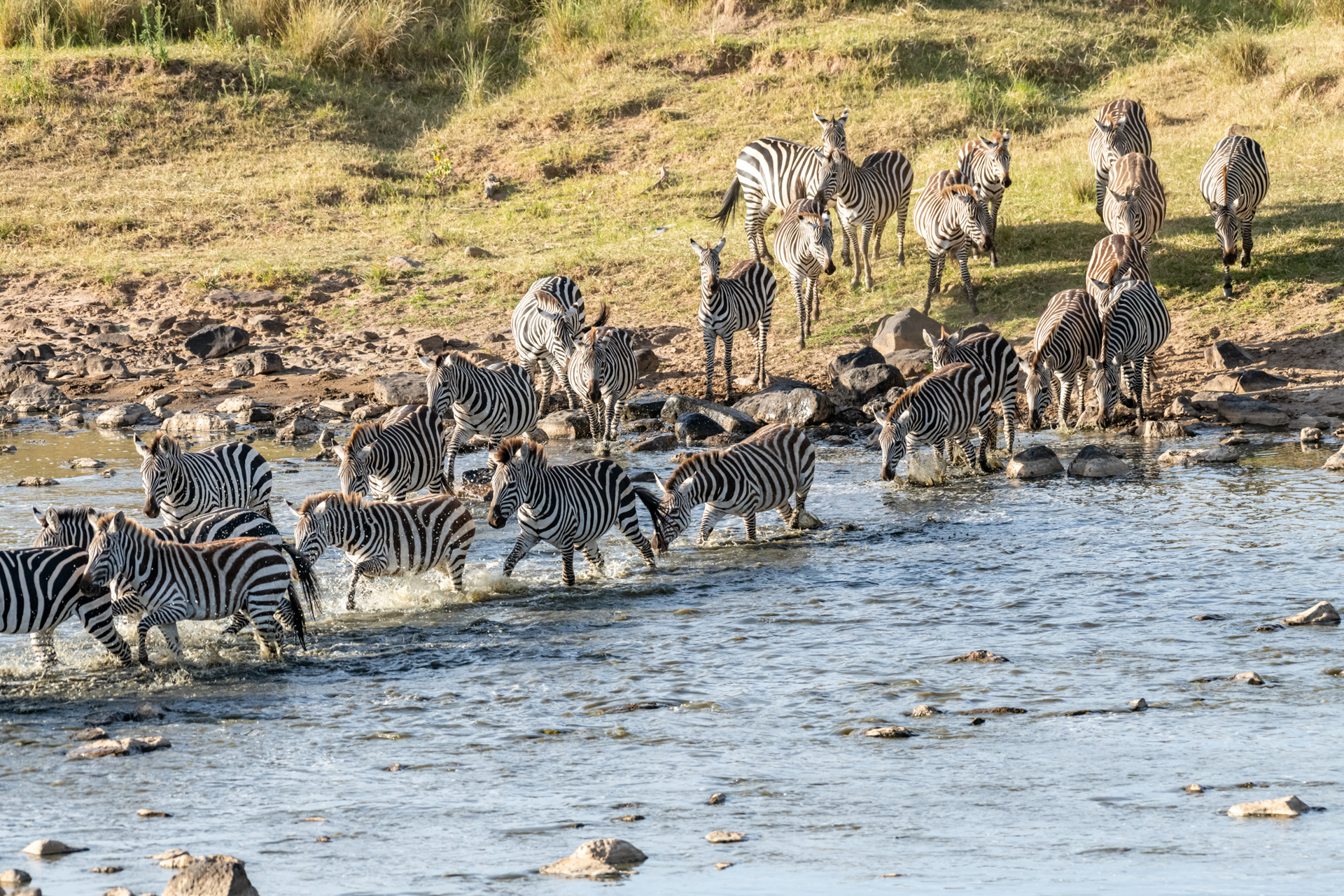
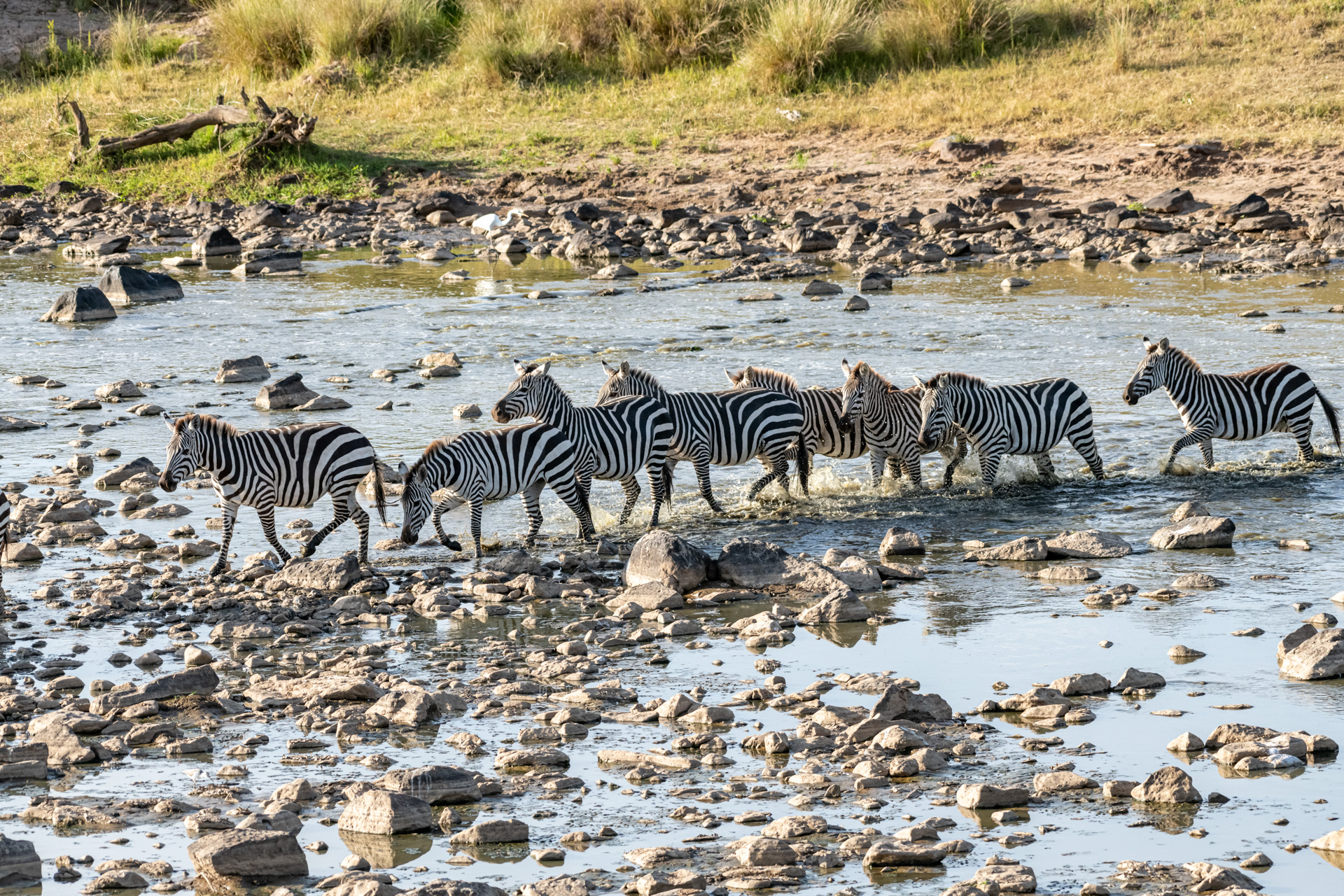
This Nyati male was not having a great time this week a year ago as we found him all alone, looking rather sad and desperately calling out to his brothers. Luckily, he found his way back to them eventually.
Filed under: This Week at Angama
Subscribe for Weekly Stories
Comments (0):

The Angama Foundation